This article introduces 3DCG artist Tomoro Kinoshita’s new work Species, which won the ULTRA TOUR Prize at the NEWVIEW AWARDS 2022.
Kinoshita creates characters and spaces that are both futuristic and fantastical yet somehow warm and gentle. In VR where the viewer can subjectively move inside the scene, how will the interaction with non-human beings change our sense of empathy toward the “multispecies”?
* “Multispecies” is a concept used in anthropology and other fields that explores the perception of the world held by each of the species around us that constructs the environment with us and is oriented toward symbiosis.
If you want to experience the scene before reading the article, you can launch it here.
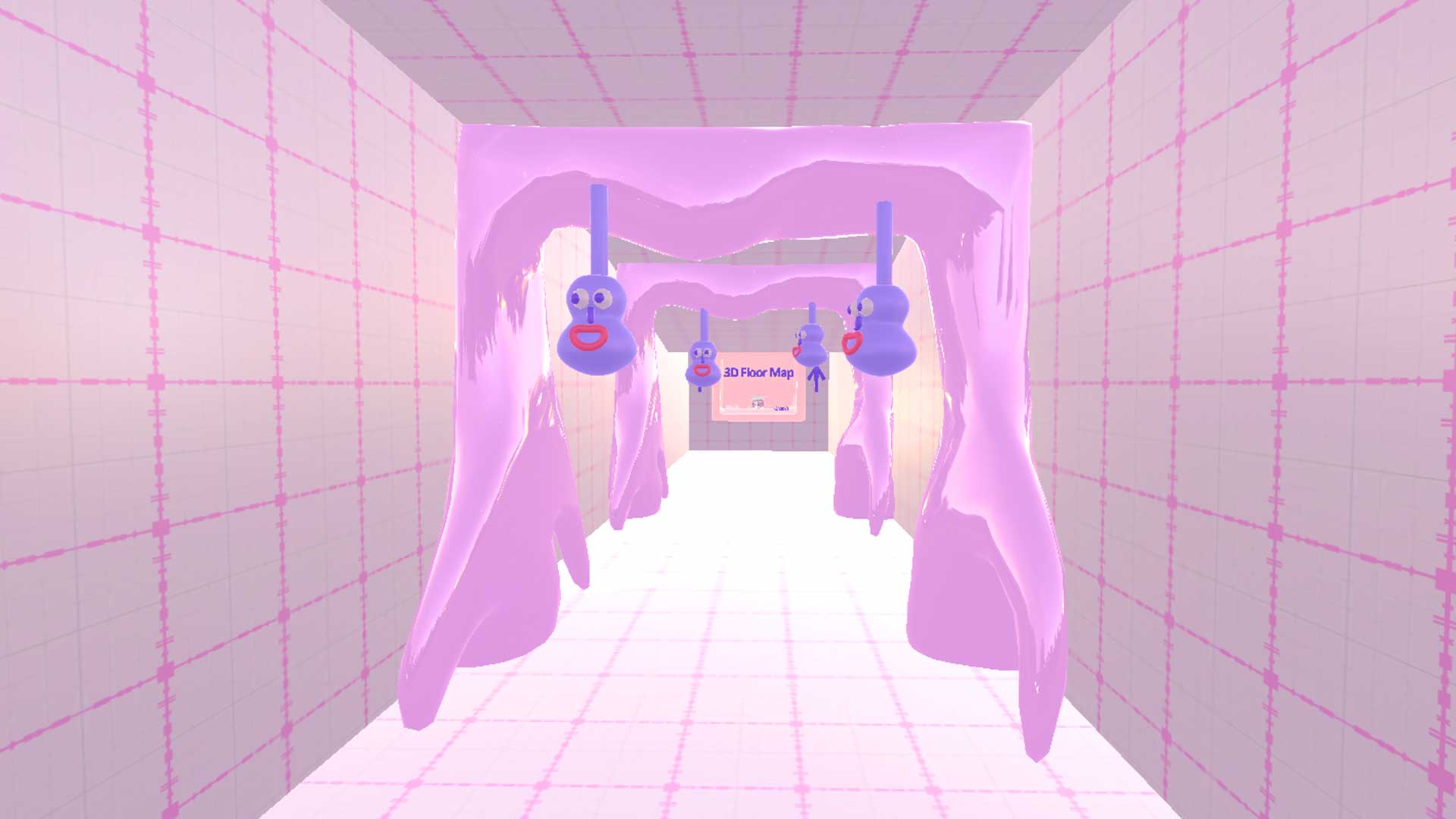
Screenshot from Species
About Species
This facility keeps a diverse range of creatures for research.
One can observe the role of worms in the creation of mulch, the natural selection of seeds, and variants of different creatures.
The top layer is an installation of a model showing a series of populations of ring species in close relationships which can produce hybrids with neighboring populations.The hope is that we can re-evaluate human lifestyles by learning more about the transformations of various lifeforms, such as species which go extinct because they are unable to adapt to land which has been artificially modified, or new species which are born in the modern environment.
Please experience the facility by using the 3D Floor Map as you move throughout bright, colorful, and beautiful spaces created by the creatures.
— Via the official NEWVIEW website
About the Artist
Tomoro Kinoshita
Tomoro Kinoshita creates various works of film, VR, and AR by fusing 3DCG with illustration. His works feature bright, colorfully designed creatures in dense spaces bursting with information. He is also involved in the creation of NFTs, some of which were exhibited at the SuperRare Gallery in New York last September.
A Colorful Space Created For, By, and Just Like the Characters
Upon launching the scene, we are greeted by some gourd-like creatures hanging from some pink trees. As we move past these monsters, we arrive in front of a 3D Floor Map with “Grab it” written beside it.
This 3D Floor Map is literally a 3D map of this scene’s VR space.
Maps—including TO, Ptolemaic, and Age of Discovery maps—are reflections of the time, culture, and rituals of the people who live in the places they represent, such as their way of transportation and distribution of goods. A map is a definition of the world.
The fact that we are greeted with the map (which represents a unique VR space) at the very beginning of the experience makes us feel “welcomed” by the space itself and lets us imagine the presence of the pioneer who shared this map with us.
With the map in our hands, we head down the path that leads out to a vast space with many creatures in cages.
We are surrounded by Kinoshita’s charming characters that are cultured, bred, and roaming freely outside their cages.
The environment where these characters live, with a pattern and color scheme that matches that of the characters, envelops us.
We are surrounded by and able to climb on top of the architecture of the VR space, as if it is also another type of “species.”
The way the characters — who seem like a species close to us — look at us from inside their cages also creates the perception that we are also merely a type of living creature. While we gaze at these characters, we are also surrounded by the gazes of other beings.
The characters embrace each other, form a circle, and move around this space.
As we wander through Species, we are invited to imagine the existence of our ancestors, descendants, families, communities, and co-habitants — not only those in our past and future but also those made of other materials, those in other environments, and creatures that we conventionally categorize as other species.
As a hidden feature of Species, the VR space also extends outside of the locations indicated by the map.
Outside the map are objects such as cell membranes and linear tubes, and beyond those objects, HDRI grasslands and forests are projected.
How to Experience a VR Scene
If you are accessing this page from a smartphone, tap the “Try Now” button.
If you are using STYLY for the first time, please also refer to the instructions below.
After tapping “Try Now,” you will be redirected to a page like below.
If you have already downloaded the STYLY Mobile app, select “Activate in STYLY app.”
If you have an HMD device, select “Experience in VR” from your PC web browser.
Download the STYLY Mobile app
Download the Steam version of STYLY app:
https://store.steampowered.com/app/693990/STYLYVR_PLATFORM_FOR_ULTRA_EXPERIENCE/
Download the Oculus Quest version of STYLY app:
https://www.oculus.com/experiences/quest/3982198145147898/
For those who want to know more about how to experience the scene:
For more information on how to experience VR scenes, please refer to the following article.
Edited by SASAnishiki
Translated by cpnnn
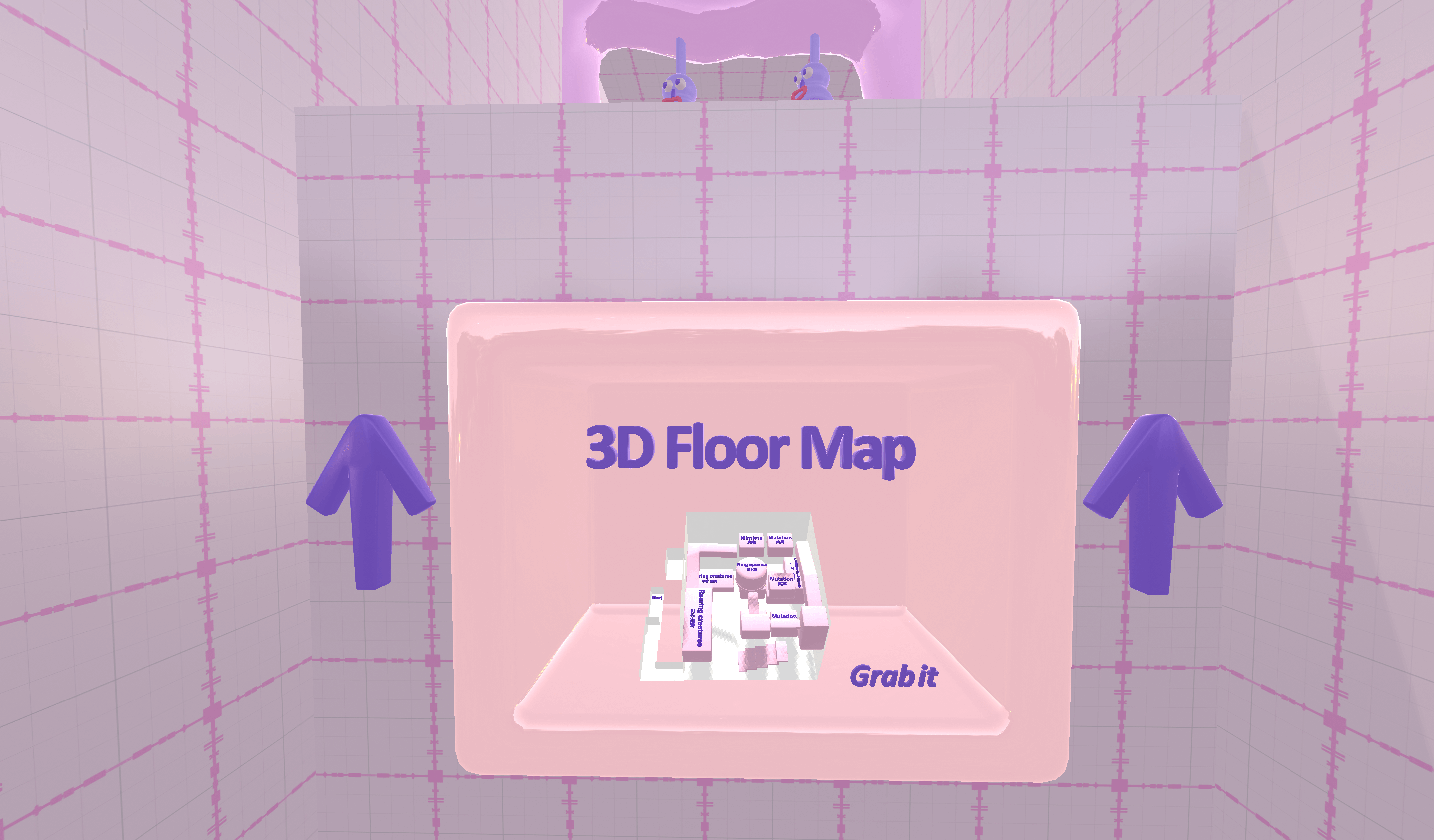
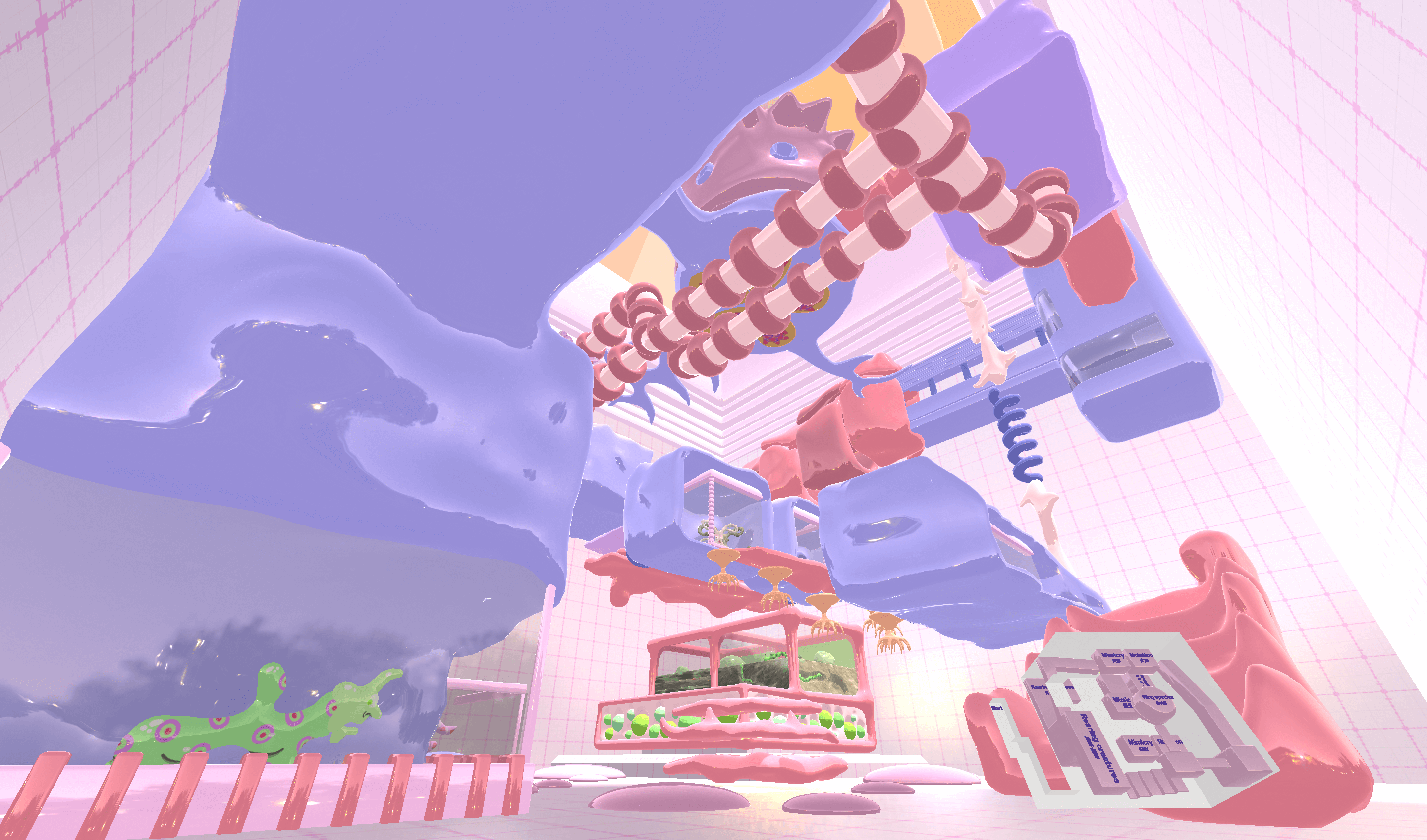
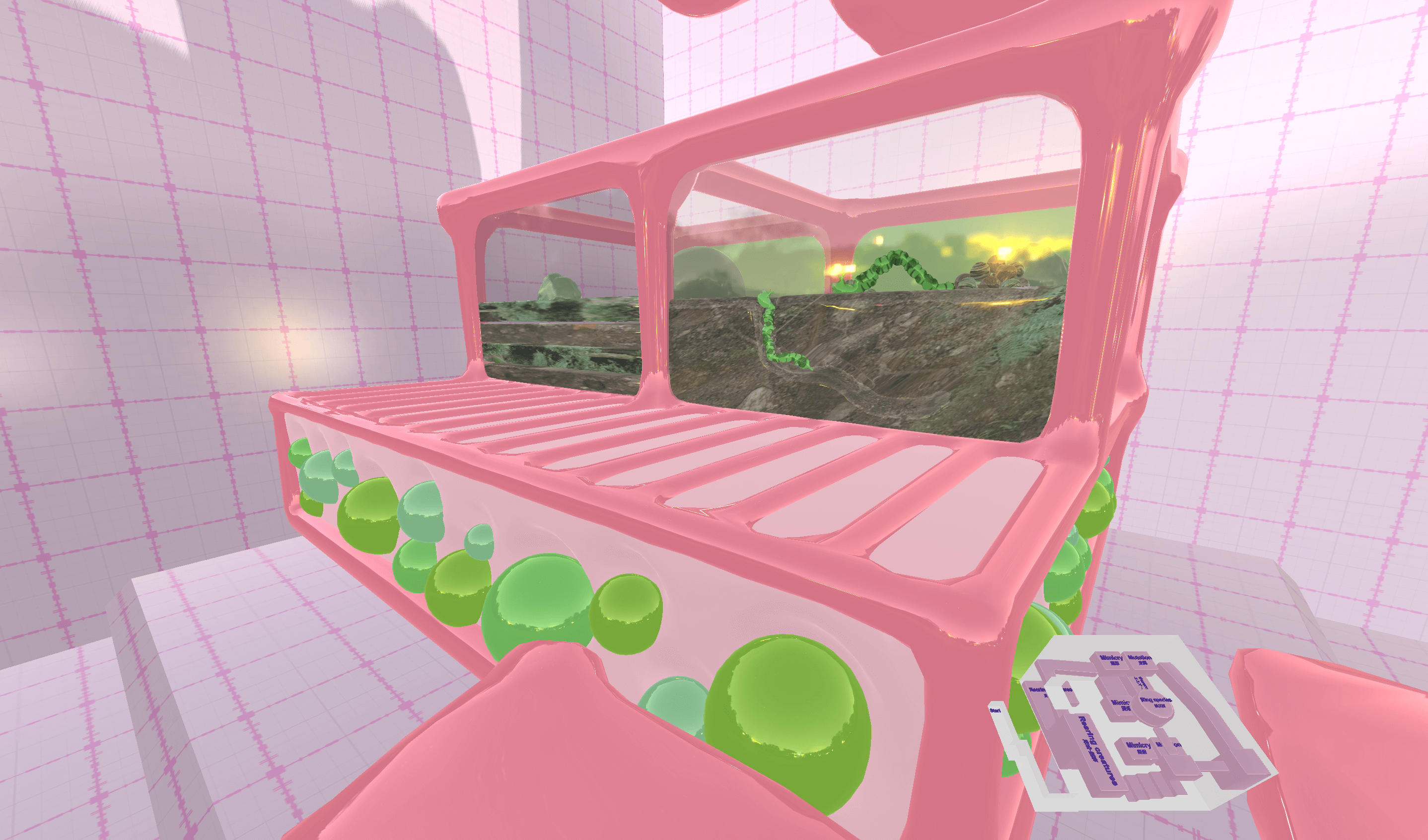

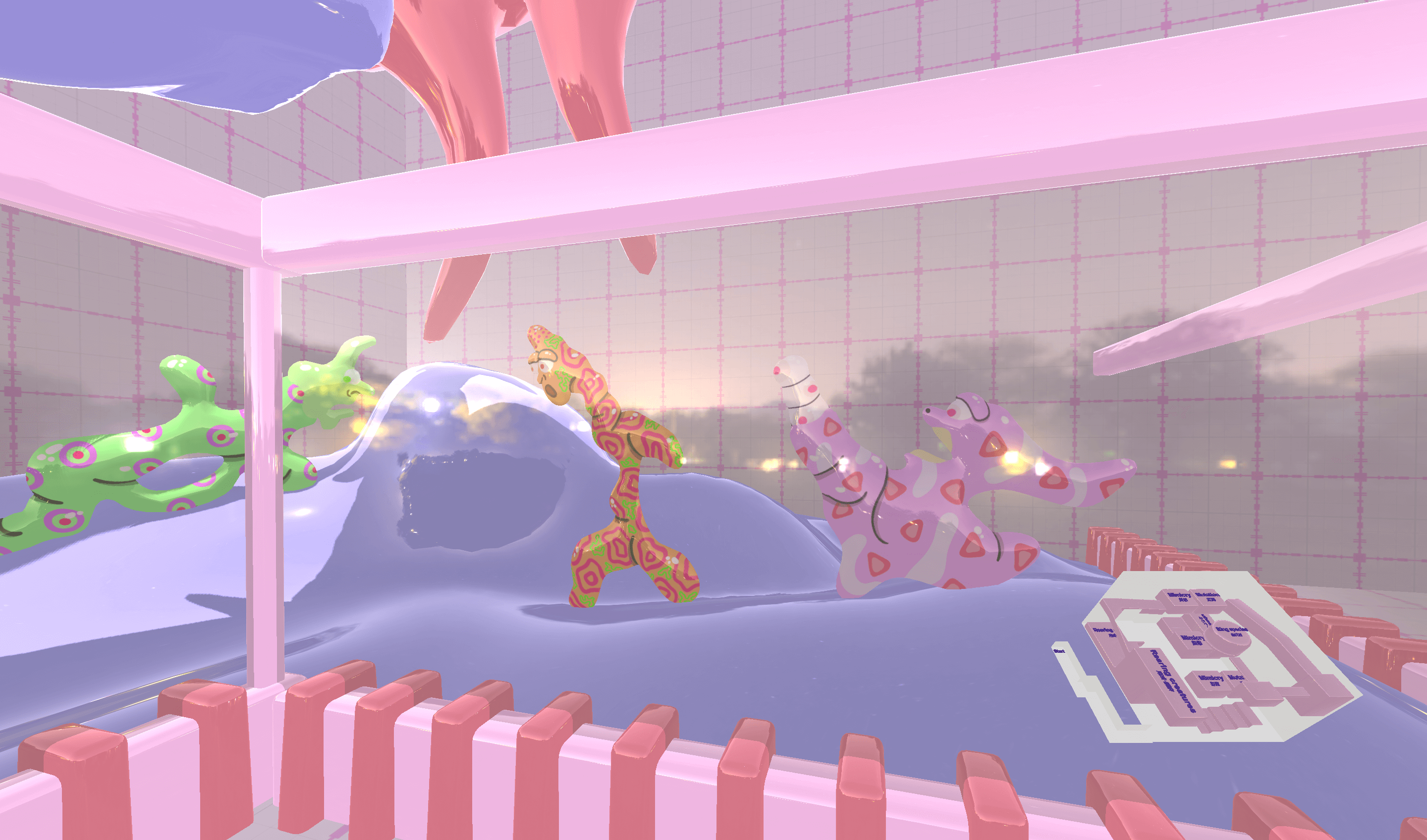
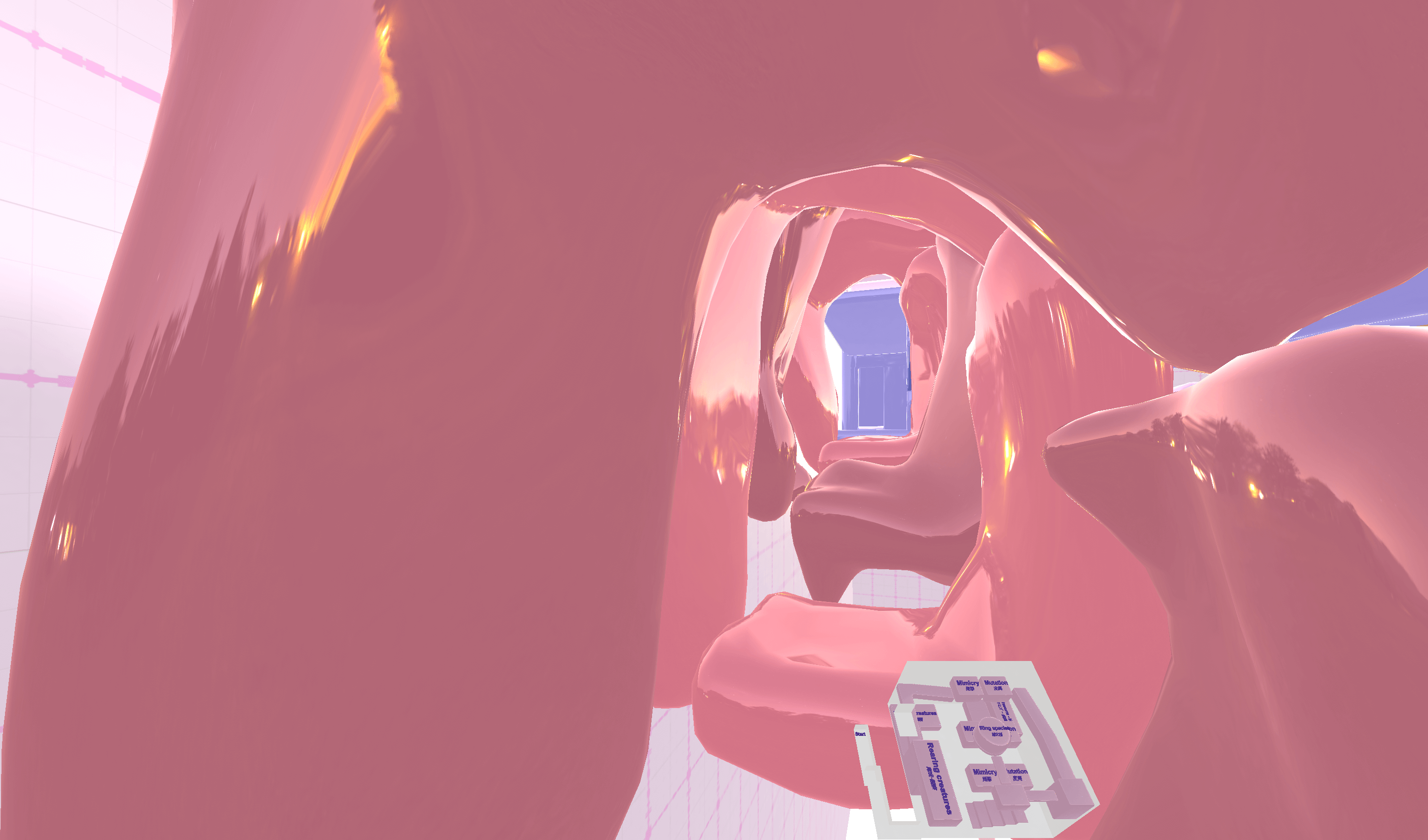
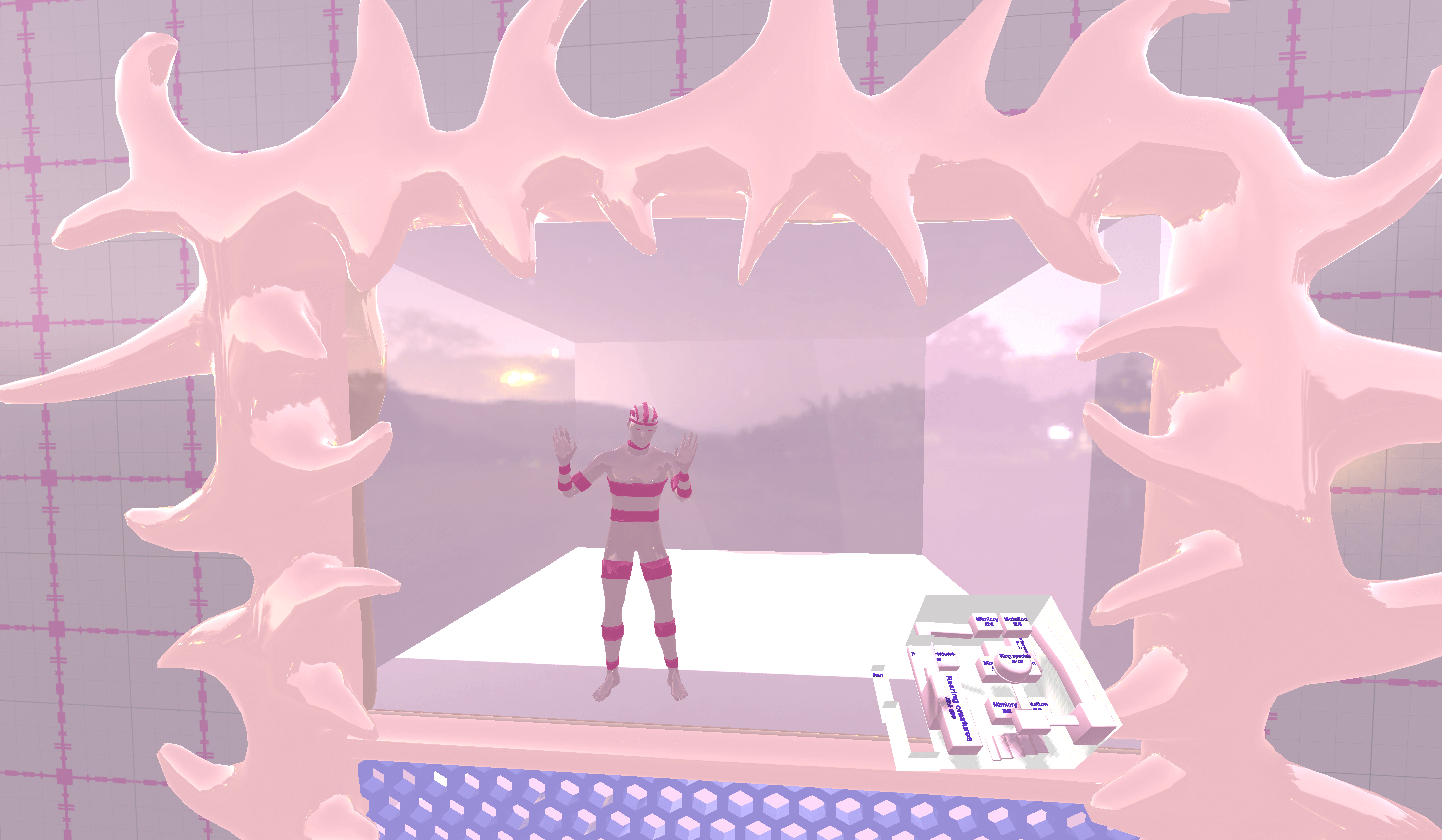
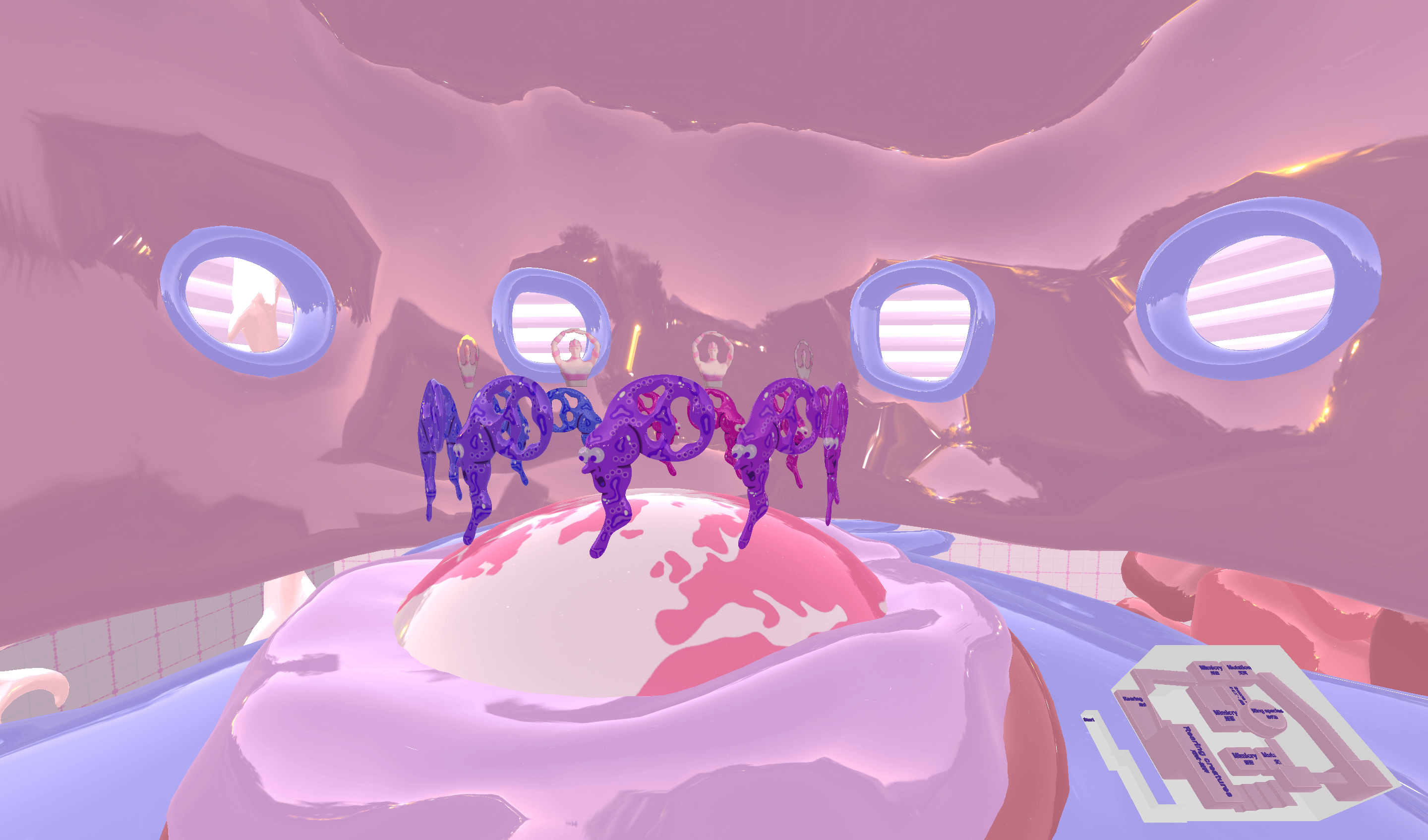
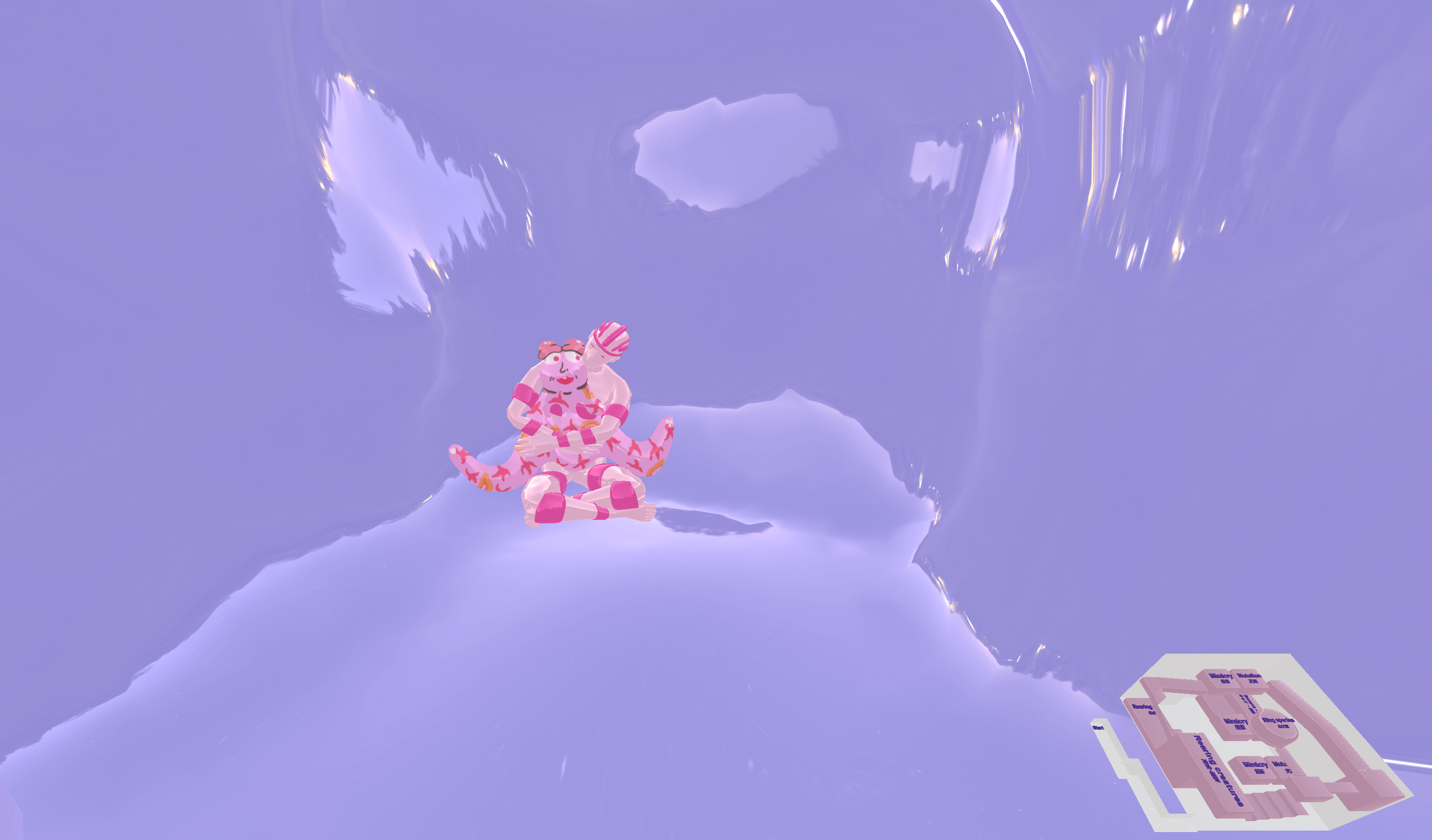



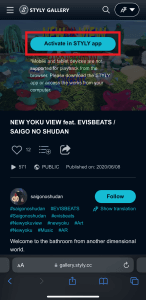


![[Summary] How to experience STYLY scenes VR/AR(Mobile) / Web Browser Introduction by step](https://styly.cc/wp-content/uploads/2020/04/スクリーンショット-2020-04-10-12.53.04-160x160.png)